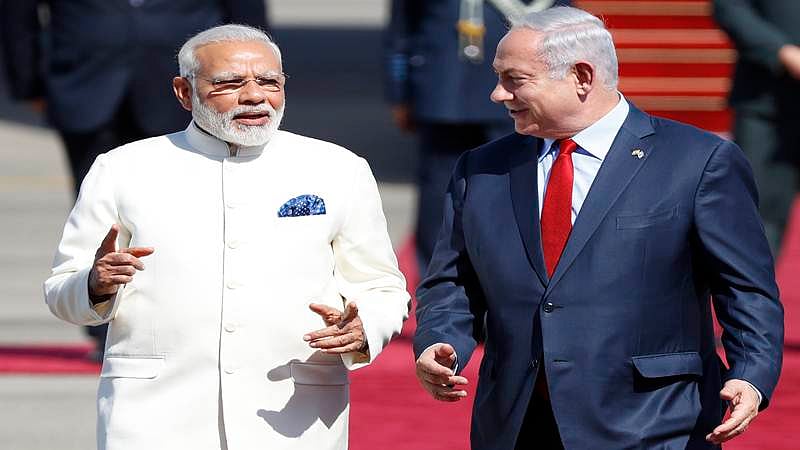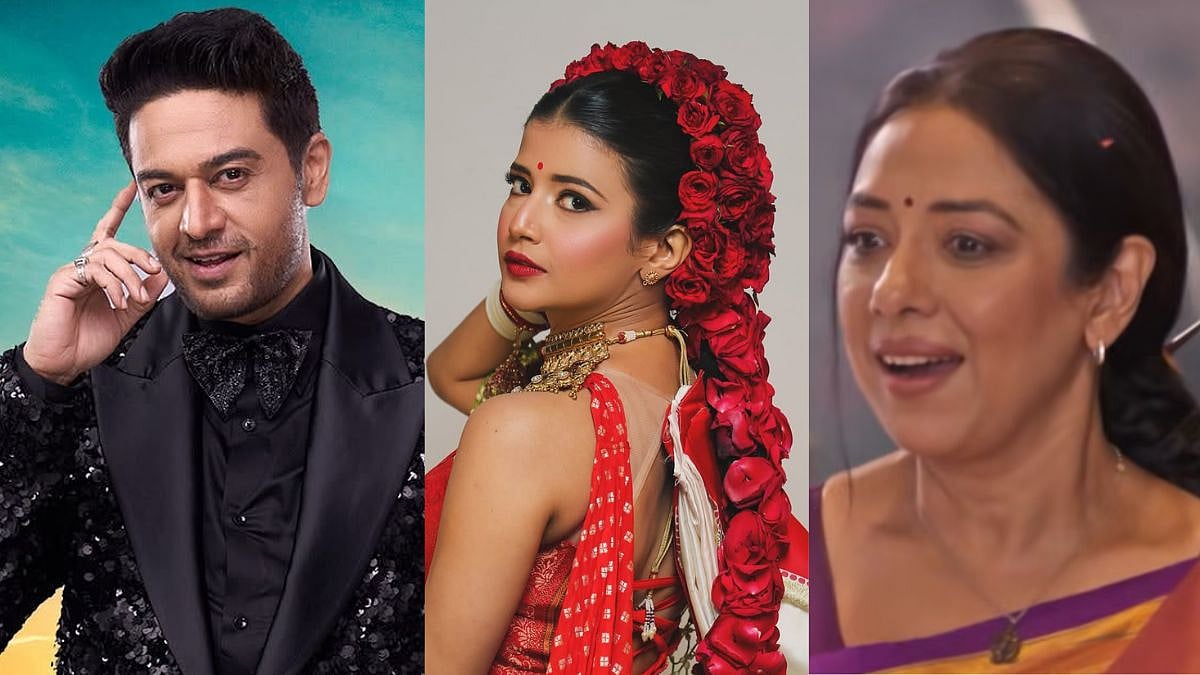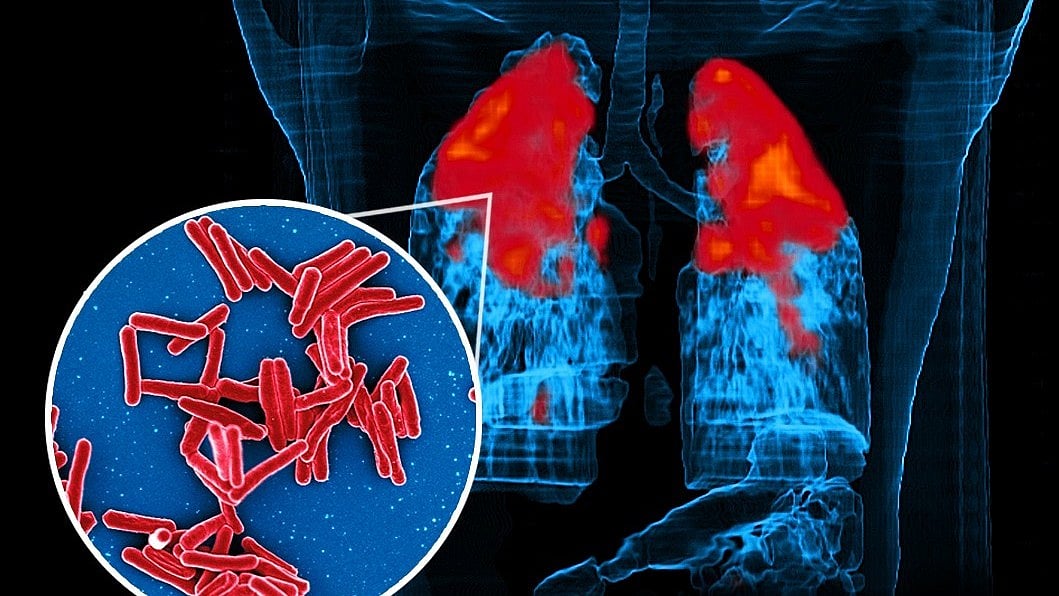Ramanujan was a one of the Greatest Mathematician of all times. His story, with its easy and sometimes difficult beginnings, is as interesting in its own right as his astonishing work was.
Ramanujan had interest in mathematics since childhood. His interest mathematics was unlocked by a book.The book was A Synopsis of Elementary Results in Pure and Applied Mathematics (1880, revised in 1886), by George Shoobridge Carr. The book was full of theorems, many with proof and many without . He had found the book in 1903 when he was just 15 years of age. The book encouraged Ramanujan to jump in and make connections on his own. However, since the proofs included were often just one-liners, Ramanujan had a false impression of the rigor required in mathematics.
Despite being a prodigy in mathematics, Ramanujan did not have a great start to his career. He obtained a scholarship to college in 1904, but he quickly lost it by failing in nonmathematical subjects. He tried in a college in madras but there also he failed his first Arts exam. He drifted through poverty until in 1910 when he got an interview with R. Ramachandra Rao, the secretary of the Indian Mathematical Society. Rao was initially doubtful about Ramanujan but eventually recognized his ability and supported him financially.
Ramanujan rose in prominence among Indian mathematicians, but his colleagues felt that he needed to travel to the West to return into contact with the forefront of mathematical research. Ramanujan started writing letters of introduction to professors at the University of Cambridge. His first two letters went unanswered, but his third—of January 16, 1913, to G.H. Hardy—hit its target. Ramanujan included nine pages of mathematics. a number of these results Hardy already knew; others were completely astonishing to him. A correspondence began between the 2 that culminated in Ramanujan coming to review under Hardy in 1914.
In his notebooks, Ramanujan wrote down 17 ways to represent 1/pi as an infinite series. Series representations are known for hundreds of years. as an example, the Gregory-Leibniz series, discovered within the 17th century is pi/4 = 1 - ⅓ + ⅕ -1/7 + … However, this series converges extremely slowly; it takes quite 600 terms to quiet down at 3.14, coupled with the remainder of the amount. Ramanujan came up with something rather more elaborate that need to 1/pi faster: 1/pi = (sqrt(8)/9801) * (1103 +659832/24591257856 + …). This series gets you to three.141592 after the primary term and adds 8 correct digits per term thereafter. This series was utilized in 1985 to calculate pi to over 17 million digits while it hadn’t yet been proven.
In a famous anecdote, Hardy took a cab to go to Ramanujan. When he got there, he told Ramanujan that the cab’s number, 1729, was “rather a dull one.” Ramanujan said, “No, it's a really interesting number. it's the littlest number expressible as a sum of two cubes in two other ways. That is, 1729 = 1^3 + 12^3 = 9^3 + 10^3. This number is now called the Hardy-Ramanujan number, and also the smallest numbers that may be expressed because the sum of two cubes in n other ways are dubbed taxicab numbers. the following number within the sequence, the tiniest number that may be expressed because the sum of two cubes in three other ways, is 87,539,319.
Hardy came up with a scale of mathematical ability that went from 0 to 100. He put himself at 25. Hilbert, the nice German mathematician, was at 80. Ramanujan was 100. When he died in 1920 at the age of 32, Ramanujan left behind three notebooks and a sheaf of papers (the “lost notebook”). These notebooks contained thousands of results that are still inspiring mathematical work decades later.










.jpg)